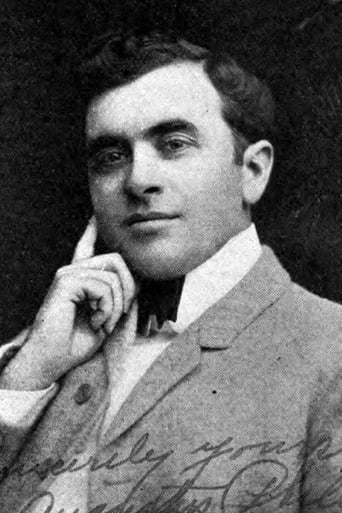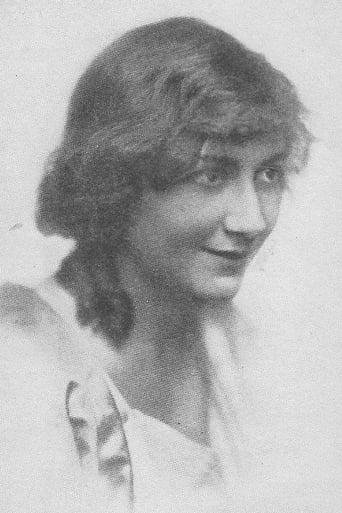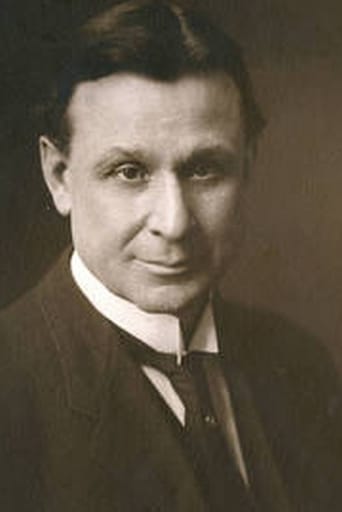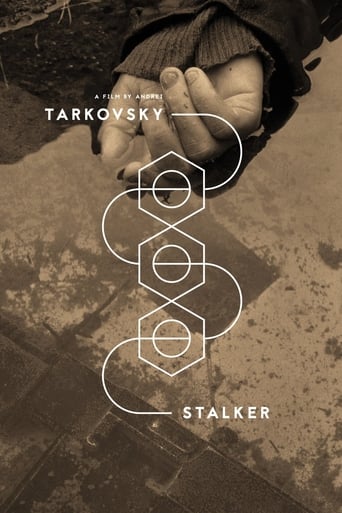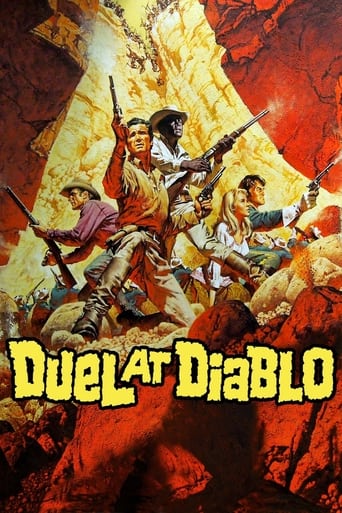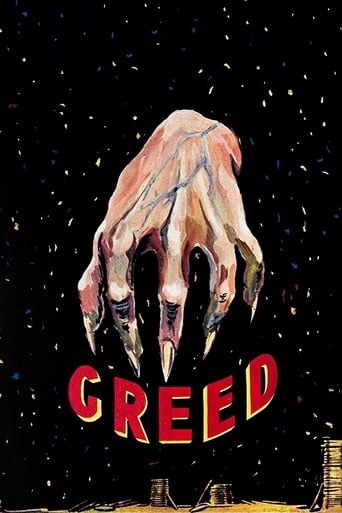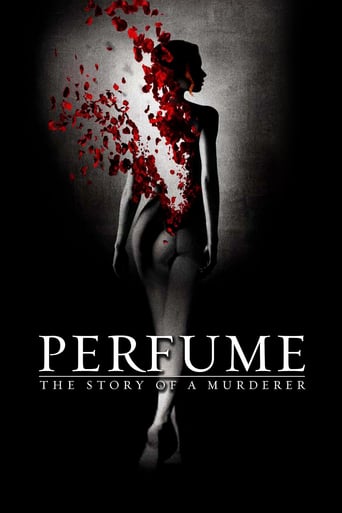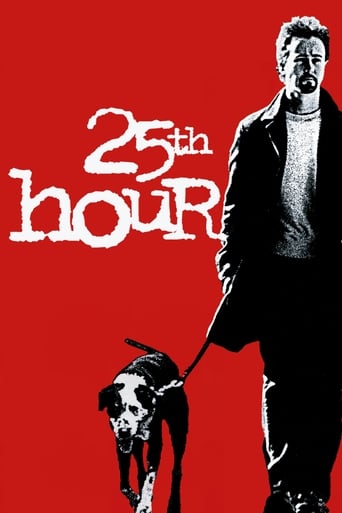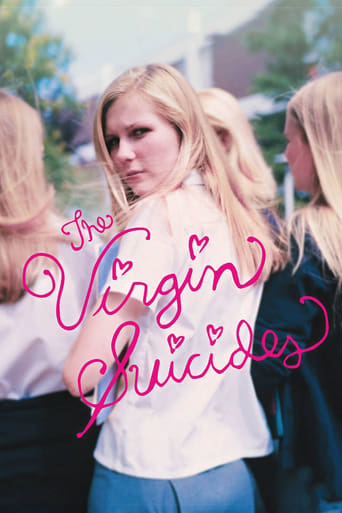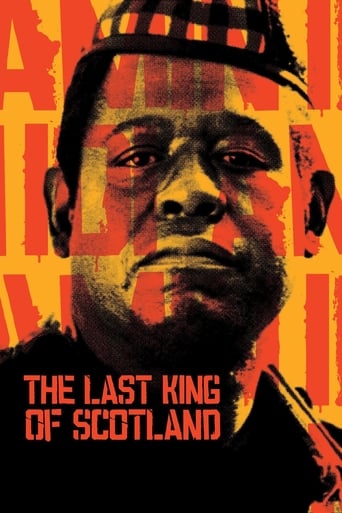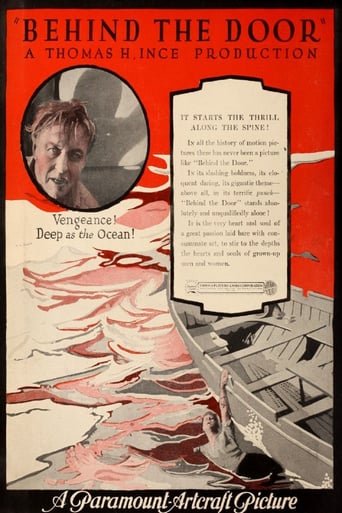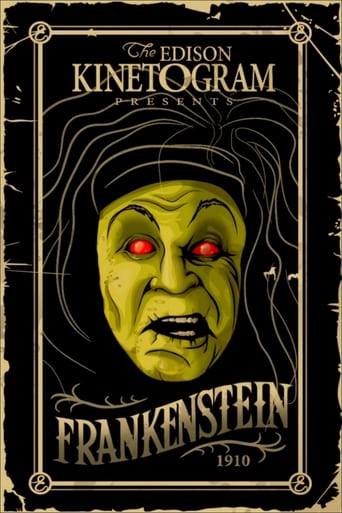

Frankenstein (1910)
Frankenstein, a young medical student, trying to create the perfect human being, instead creates a misshapen monster. Made ill by what he has done, Frankenstein is comforted by his fiancée; but on his wedding night he is visited by the monster.
Watch Trailer
Cast


Similar titles
Reviews
This is much like the original story. Victor Frankenstein, is a young student who attempts to create a human being, but instead creates a monster. In this one Frankenstein throws a bunch of chemicals in a pot, and poof, instant monster! The monster in question looks very deranged. It's only 10 minutes, but it gets the basics of the story down. There's a part where Frankenstein looks in a mirror and sees the monster where his reflection should be. So this film certainly isn't one to shy away from symbolism. In fact, this is probably the first film adaptation of Frankenstein ever. The Boris Karloff film is probably better because it does fit more of the story in. This is actually pretty good too though, so I recommend giving it a watch.
From Thomas Edison's production studio and directed by J Searle Dawley, this adaptation of Frankenstein is regarded as the first American horror film.It is a silent short film that is only about 13 minutes along and some of the narrative conveyed by insert cards in the film which includes passages from Mary Shelley's novel.Frankenstein creates his monster by use of a portion and the coming together of the monster is still effective and I can imagine the monster lumbering around would had scared audiences at the time.The film is grainy in places and of course it does not all make sense with some choppy editing but we are talking early cinema here which was still in an experimental phase. The film was considered lost for many years as it was in the hands of a private collector.
Compared to either Mary Shelley's novel or the later talkie version of "Frankenstein" with Boris Karloff as the monster, this would certainly have to be described as a bare bones effort - to be expected, I suppose, from this era and in a 12 and a half minute short.The basics are there. Frankenstein discovers the secret of life and death (how, we're not told) and he uses that secret to create what he believes will be the perfect human being (the method of creation isn't explained) but that instead turns out to be only grotesquely human-like, rather than the perfect human. The monster (played by an actor named Charles Ogle) isn't as non-human as Karloff's version was, and there seems to be a certain sense of comedy about him. Eventually, this short becomes a story of jealousy. Frankenstein returns home to marry his sweetheart, but his monster haunts him and is overcome by jealousy against Elizabeth, Frankenstein's fiancé. The monster's demise wasn't sufficiently explained. Standing in front of a mirror, suddenly the monster disappears, leaving only its image, which also disappears after Frankenstein enters the room. The final scene shows the love between Frankenstein and Elizabeth, and I was left wondering if there really was a monster, or if this was all just a figment of Frankenstein's imagination, overcome finally by love.This short (perhaps inevitably) left a lot of questions.
Today both film fans and aficionados of cinema consider the director to be the so called author of a movie . Interesting to note that when a film is promoted a star name director is heavily promoted as in " A film by Steven Spielberg / Martin Scorsese / James Cameron etc etc " . Much of this comes from the French New Wave era where the director was considered to be the artistic driving force behind a movie conveniently forgetting all about the hard work the screenwriter has in the production . Perhaps the theory of the director being the author of the film would be better applied to the birth of cinema where the likes of Georges Melies and the Lumiere brothers where the magical creativity of a director made a movie work ? Add J. Searle Dawley's 1910 version of FRANKENSTEIN to this body of work Like many movies from this period there is a very strong element of literal movie magic brought in to play . Frankenstein tries to create a perfect human and the audience see a skeletal figure gradually becoming more and more formed . It's difficult to understand how the audience would have reacted to this in 1910 but even today the creation of the monster isn't totally unimpressive though sharp eyed viewers will notice the smoke in the chamber seems to flow in to the creation which indicates the trick is done via stop frame animation and the film being played backwardsUnfortunately the screen writing rule of " Show don't tell " seems to remain undiscovered from this period . We're told via card captions that Frankenstein hasn't created a perfect human but " The evil in his mind has made a monster " which is strange because Frankenstein has done nothing evil on screen at this point , nor does he do anything evil in the remainder of the runtime . Strangely too that the monster doesn't do anything monstrous apart from turning up at his creator's wedding day uninvited . Supposedly this ties in with Mary Shelley's subtext that God's law has been broken because a mere human has created life out of death ? There's also a perplexing end where the monster effectively disappears in to thin air after seeing his reflection in the mirror You have to understand however that in 1910 we're a very long way from The Classic Hollywood period when narrative storytelling and all its beauty such as structure , characterisation and of course dialogue hadn't been considered . In the silent period directors were something along the lines of magicians and J Searle Dawley does bring magic to the cinematic table in a film that is strangely compelling despite the flaws in the narrative


